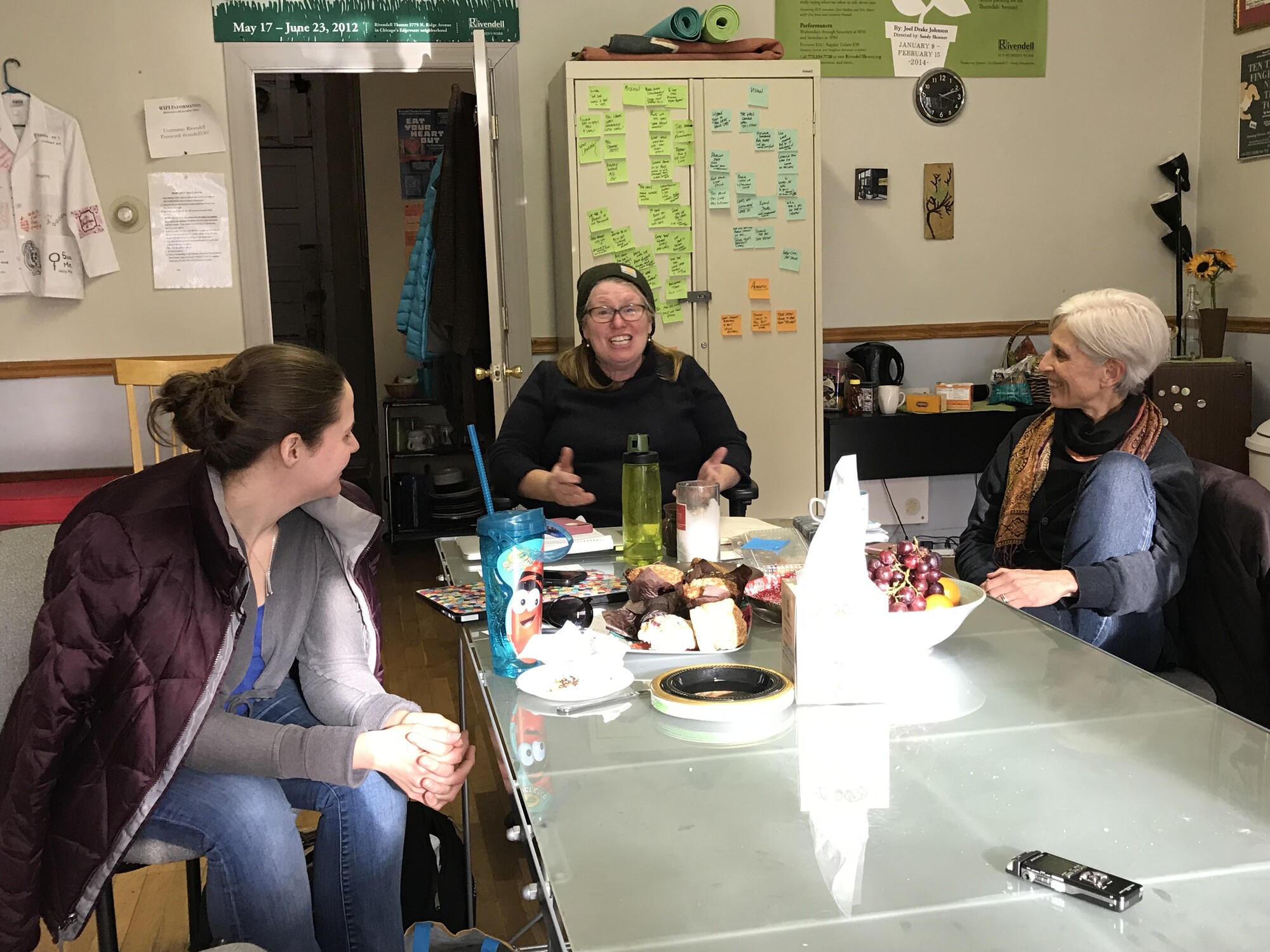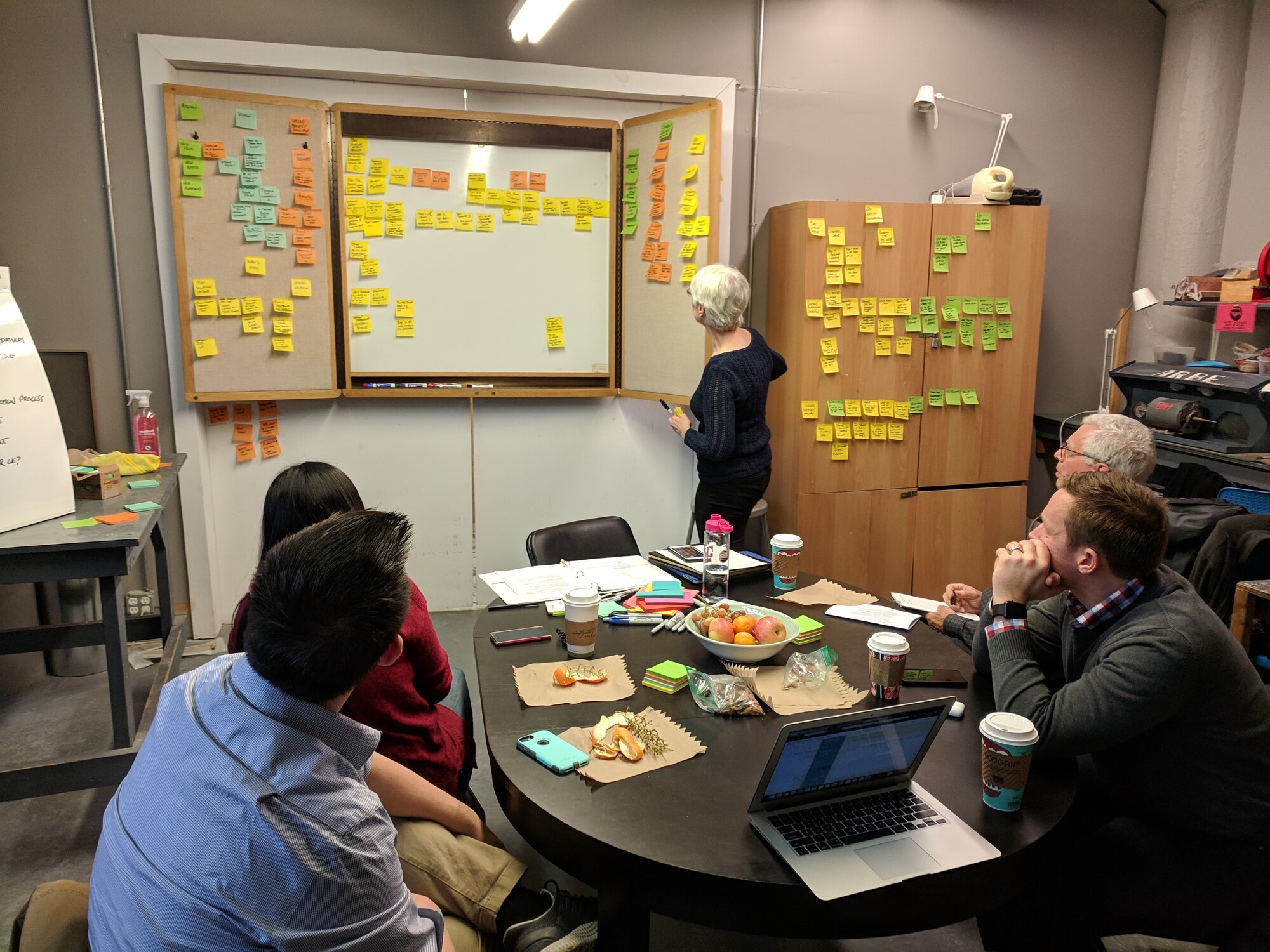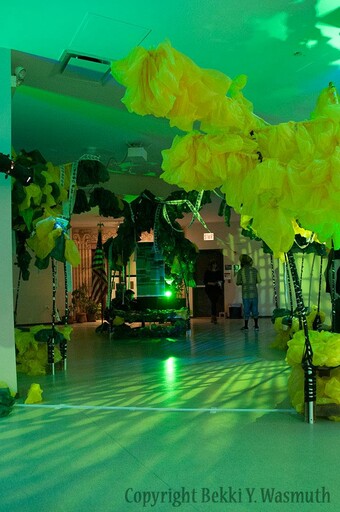Making theatre repertoire decisions is complex, high-risk, and difficult work. These decisions set the trajectory for all that follows, and the process of making them deserves far more attention. After decades of audience erosion, the future of theatre clearly depends on more people choosing to attend. But that will require far more than continuing to invest in improving marketing and fundraising functions. It will require holistic new strategies to produce work compelling enough to artists and audiences to overcome the significant underlying social, cultural, and economic changes that have driven the erosion. The high-stakes decision-making process at the very start of the production cycle is one place to develop these strategies.
Moonshot is a research project about theatre repertoire selection grounded in research on making complex decisions, characterized by high uncertainty, risk, multiple possible choices, and heightened emotional context. Its hypothesis is that improving the process of selecting repertoire will precipitate better outcomes. Former theatre professionals who now lead our own research and consulting practices, we set out to answer two fundamental questions:
- How do theatres select the plays they will produce?
- Does research on complex decision-making and forecasting offer guidance for improving the process?
To begin exploring these questions, we held a roundtable and spoke with theatre leaders, artistic directors, and managers representing over twenty-five Chicago theatre companies large and small; Equity and non-Equity; venue-based and itinerant; ensemble companies and not; owners and renters; predominantly Black, Indigenous, person of color (BIPOC) staffs and predominately white ones, with a range of missions. Their companies collectively produce new, devised, classic, and contemporary plays. To fully capture and understand the complexity of repertoire selection, we conducted
As productions progress through the development pipeline, theatre leaders struggle to refill and expand the pipeline of plays ready for future programming consideration.
The project carefully documented each theatre’s current selection practices in an opening “deep dive” exercise and reviewed the outcomes of several of their past play selections. We discussed research-backed principles that support better complex decision-making processes, and we collaboratively identified specific recommendations to improve each theatre’s practice. While the case study sample size is small and weighted toward smaller theatres, the case studies confirmed our discussion with the diverse group of leaders in the roundtable. We are confident that Moonshot’s findings are characteristic of much of the nonprofit theatre universe and that the insights and ideas Moonshot generated can help the broader field as well. Here we summarize our process, findings, and recommendations. For much fuller descriptions and links to accompanying resources and tools, we encourage you to read the full
The Repertoire Selection Process
All theatres must develop a pipeline of potential plays, vet and cull that pipeline, make selections that fit their budgets, and secure production rights. Each theatre has its own internal calculus for choosing plays for production based on a unique set of considerations used to weigh scripts and ideas. We found that these considerations cluster into eight broad themes:
- Does the play fit and resonate with the company mission and aesthetic?
- Is the story told in a clear voice, and are its working mechanics strong?
- Is the play within the company’s technical and artistic capacity?
- Does it offer artistic development and growth opportunities?
- Does it offer collaborative opportunities?
- Does it advance inclusion, diversity, equity, accessibility, and anti-racist goals?
- Does the play have serious appeal to current and new audiences?
- Is there a compelling reason to produce the play now?
As productions progress through the development pipeline, theatre leaders struggle to refill and expand the pipeline of plays ready for future programming consideration. As they assess plays’ potential and secure rights to those they hope to produce, the pressure of current operations squeezes time available for repertoire selection and limits assessment and learning from past selections. The high pressure and fraught process often provokes anxiety among artistic directors, while also frustrating those who are not directly involved. All companies have at times selected plays for production that fell short of expectations artistically and financially, often as a result of limited choices or initial selections falling through. All companies have also selected plays that failed to measure up to some of their own key considerations.













Comments
The article is just the start of the conversation—we want to know what you think about this subject, too! HowlRound is a space for knowledge-sharing, and we welcome spirited, thoughtful, and on-topic dialogue. Find our full comments policy here
We owe a great deal to the many Chicago theater leaders and stakeholders who helped us think about repertoire selection as a foundational element of their work, and we are particularly grateful to the leaders of the five case study companies: Tara Mallen, Lisa Dillman, and Jackie Banks-Mahlum from Rivendell Theatre Ensemble; Stephanie Shum, Fin Coe, and Michael Peters from The New Coordinates; Ilesa Duncan, Dorothy Milne, and Elise Kauzlaric from Lifeline Theatre; Nick Sandys, Margaret McCloskey, and Ian Frank from Remy Bumppo Theatre Company; and Miranda González, Ivan Vega, and Tony Bruno from UrbanTheater Company. Moonshot was made possible by support to the case study companies from the Arts Work Fund for Organizational Development, City of Chicago Department of Cultural Affairs and Special Events, the Driehaus Foundation, the Elizabeth Morse Charitable Trust and the Elizabeth Cheney Foundation. Logan Jones of Ensemble Consulting was an invaluable thought partner in addition to providing for all Moonshot’s technical, digital, and design needs.